
This is a true story about a bad-mannered tourist visiting the Fushimi Inari Taisha in Kyoto, Japan who defiled the sacred mountain and was tricked by a white fox, a messenger of Inari deity, and kept getting lost in the mountains of Mount Inari.
Inari Mountain Mystery
Bad-mannered Tourists Were Often Missing on Mt. Inari
Since ancient times in Japan, it has been believed that deities descended from the three peaks of Mount Inari and that the entire mountain is considered to be a sacred area. In other words, Mt. Inari itself is the deity.
In recent years, the tour of Mt. Inari by tourists from outside Japan has become popular.
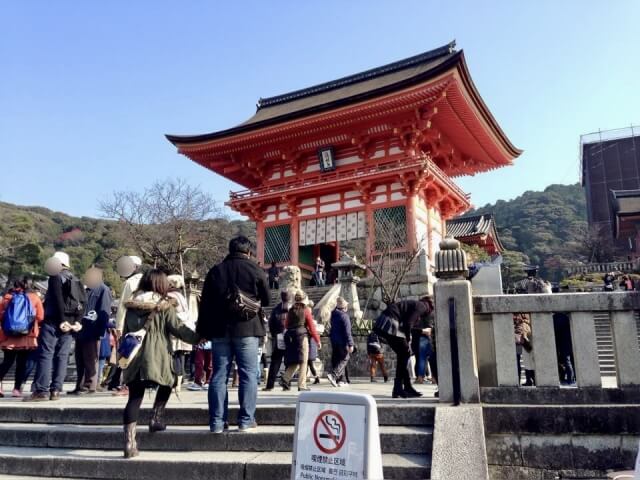
However, since Mt. Inari is a sacred place inhabited by living gods from ancient Japan, if a person with bad manners throws trash, makes a mess, or commits other disrespectful acts, he or she may suffer a terrible fate.
According to Tamae Sunazawa (1922-2009), the former head of the Santan branch of the Fushimi Inari Taisha Koumu Honcho (now the affiliated Koumu Honcho) and an exceptional Japanese shaman, there was in fact a time when a person who committed an act of disrespect on Mt. Inari got lost on the mountain and ended up in a completely different place.
Furthermore, it is said that people have been tricked by the fox*1 on Mt. Inari for a long time, and many people have gone missing.
Mysterious Experience of a Man Tricked by a White Fox and Lost in Mt. Inari
According to an essay by a Japanese Kabuki*2 actor, Kataoka Nizaemon XI*3, “A true story like a lie,” which appeared in the 1968 issue 4 of “Ake,” a magazine published by the Fushimi Inari Taisha shrine office, a man actually had such a mysterious experience on Mt. Inari.
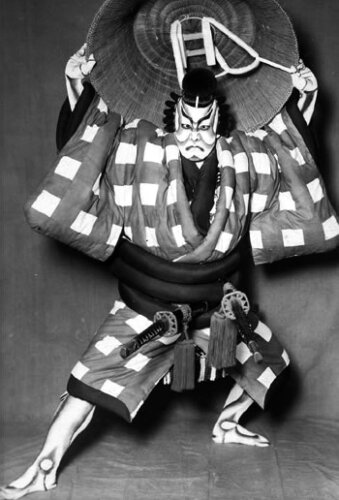
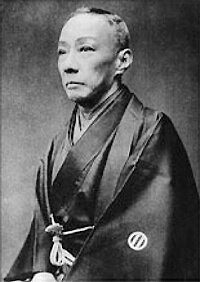
According to Nizaemon, in March 1922, he stayed in Kyoto for a performance at the Minami-za Theater in Kyoto with his troupe, which included Kabuki kyogen author Takeshiba Kanisuke*4 and Kabuki actor Nakamura Utaemon V*5.
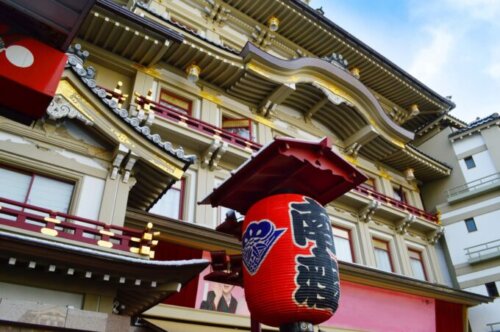
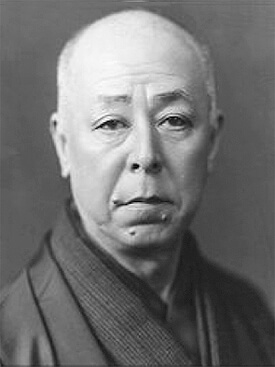
One morning, Kanisuke woke up early in the morning and decided to go to Fushimi Inari to pray. The play at the Minami-za was to open at 3:00 p.m., so he set out with the intention of returning to the Minami-za before then.

After praying at the Fushimi Inari Taisha shrine, Kanisuke passed through the Senbon-torii gate and came to the Okuno-in (inner place of worship).
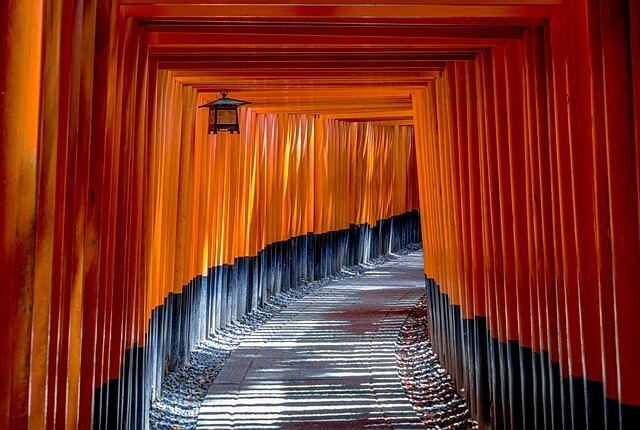
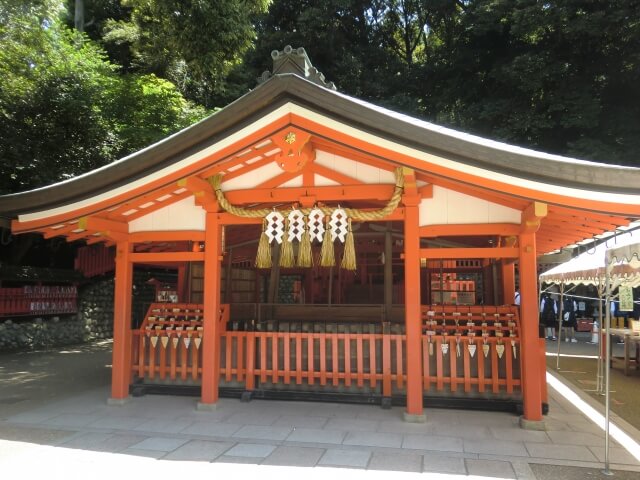
Kanisuke could have turned back at this point, but he still had some time left, so he continued on past Kumatakasha (a small shrine) to Mitsutsuji (a three-way intersection).
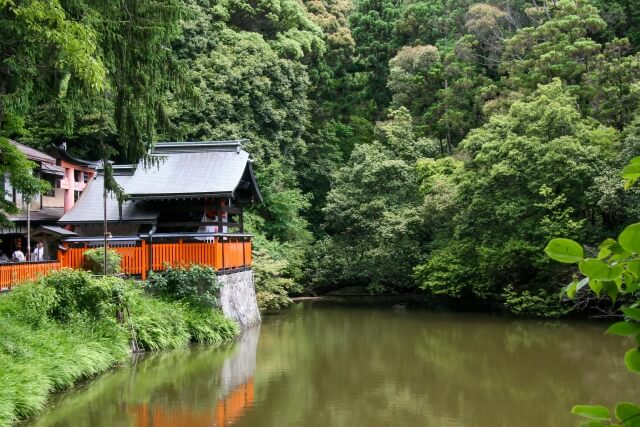
Again, Kanisuke should have turned left at Mitsujisuji and gone back, but he continued onward.
However, on the way, he had a hard time urinating.
Kanisuke decided to do his business, but to his dismay, there were no public restrooms in the mountain at that time. Also, since this was his first visit to Fushimi Inari, it did not occur to him to borrow the restroom at a teahouse. In the end, Kanisuke ended up doing his business at the base of a torii gate.
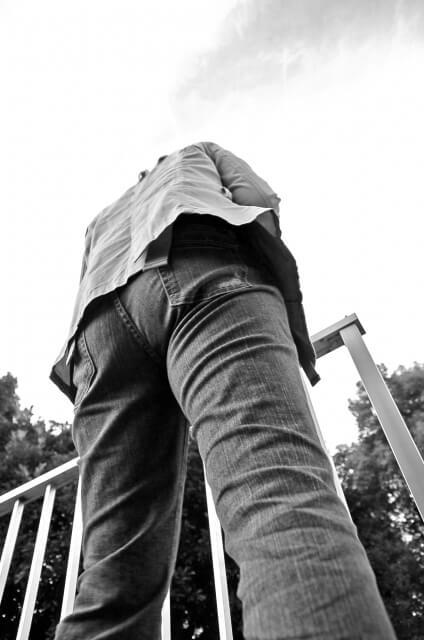
After doing his business, Kanisuke felt refreshed and began to walk up the approach again, but the mountain path was the same one after another, with no shrine or teahouse.
That’s strange. Maybe I took a wrong turn.
Kanisuke began to feel uneasy. Then he saw a person in white sweeping the area under a tree with what looked like a rake. Kanisuke approached the person in white and asked for directions, and the person told him the way to go.
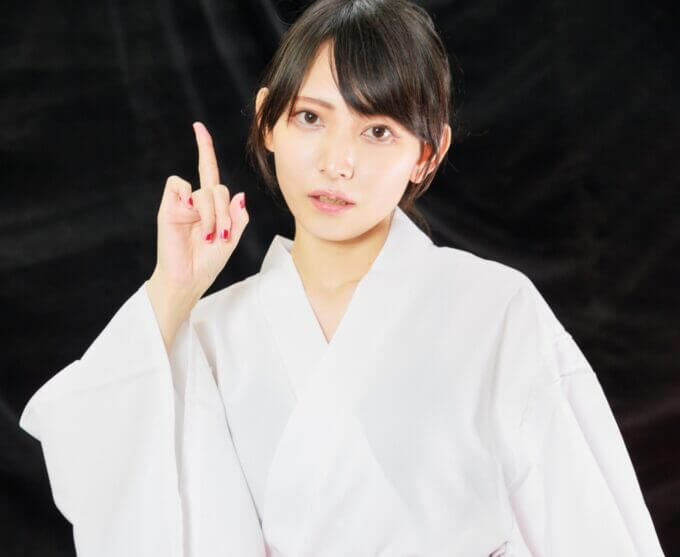
Kanisuke thanked the person and walked in the direction the person had told him.
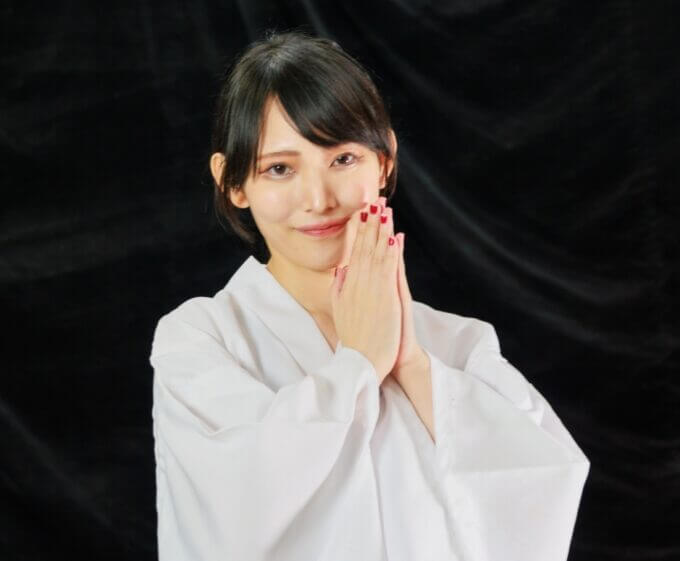
But somehow, no matter how far he walked, Kanisuke could not see any mounds or shrines.
Strange, strange!
Wondering as he walked, Kanisuke soon lost track of where he was. Still, as he walked on, the sun began to set.
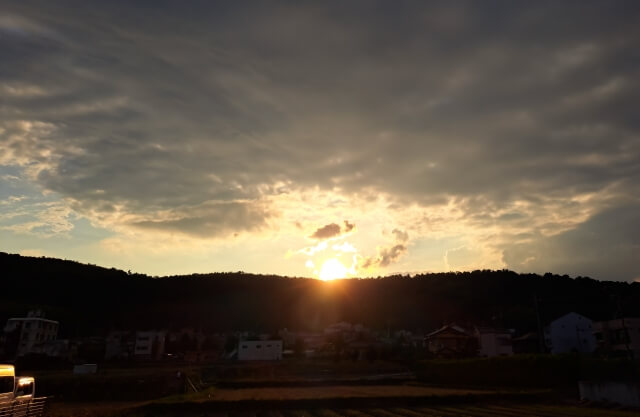
Oh! I don’t think I can get back in time for the performance!
Kanisuke began to feel impatient, and he sat down on the spot due to exhaustion.

After a while, Kanisuke regained his composure and looked ahead, and saw a house.
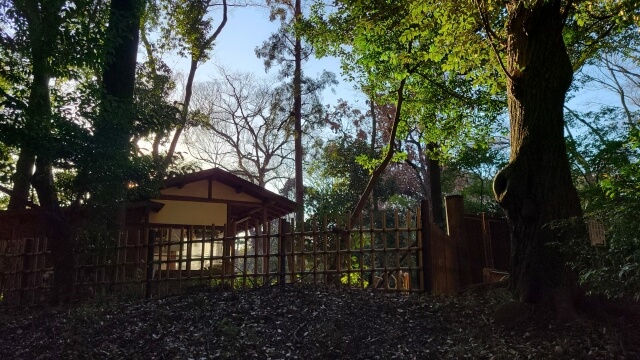
Let’s go to that house anyway!
With this thought in mind, Kanisuke started walking again, but his legs were aching and he could not walk as fast as he wanted to. Still limping, Kanisuke managed to get close to the house, which turned out to be a farmer’s house in Yamashina, about 5 miles away from Fushimi Inari. To his surprise, Kanisuke kept walking all day long in the mountains in the wrong direction!
If he had not been able to reach the house, Kanisuke might have also been lost in the mountains and never returned.
Nizaemon explains that this Kanisuke’s mysterious experience must have been a punishment from the deities because he urinated standing up on Mount Inari, where the deities reside. Kanisuke himself recalls that the person in white must have been an incarnation of a white fox, a messenger of the deity of Inari.
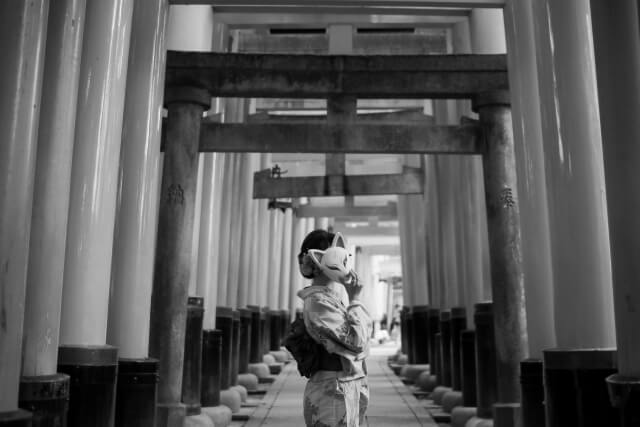
Fortunately, Kanisuke was able to return from the mountain, but it is said that many people have been tricked by the fox and gone missing on Mt. Inari for a long time.
So, when you visit Mt. Inari, please behave properly and do not pollute the mountain by leaving trash or litter on the mountain.
This is a message to you from the deities of Fushimi Inari*6
Published on June 3, 2023
Written by OTAKUPAPA
References
- Kataoka Nizaemon XI, “Uso no Youna Hontou no Hanashi” (A true story like a lie), 1968 issue 4 of “Ake,” a magazine published by the Fushimi Inari Taisha shrine office
2. Kengo Naito, November 28, 2017, “Oinarisan to Reigentan” (Inari and Tales of Spiritual Experiences), Yousensha, Inc.

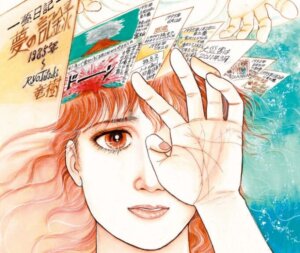

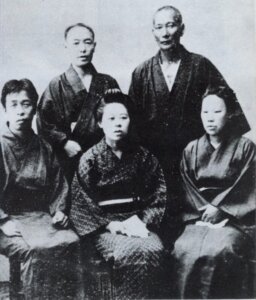


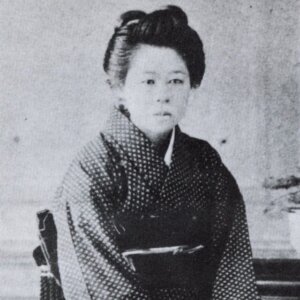

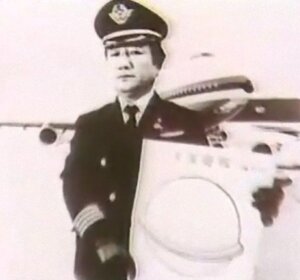
Comments